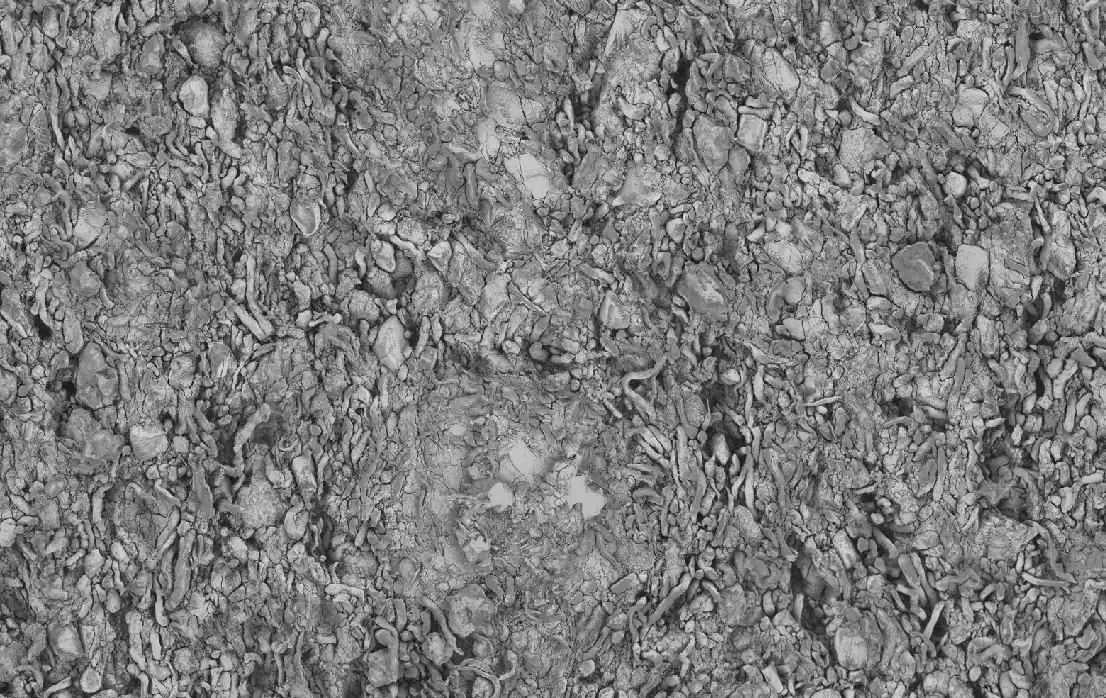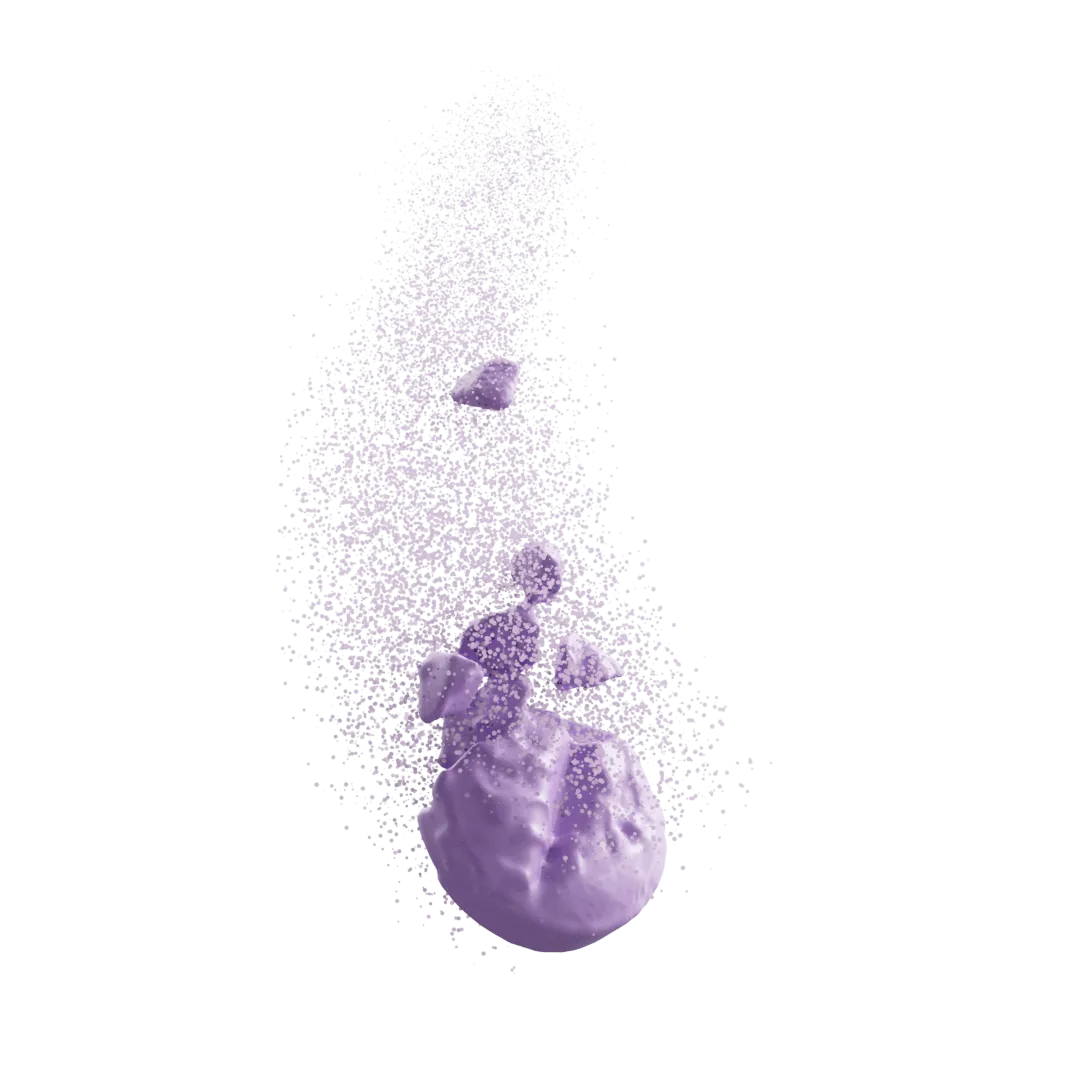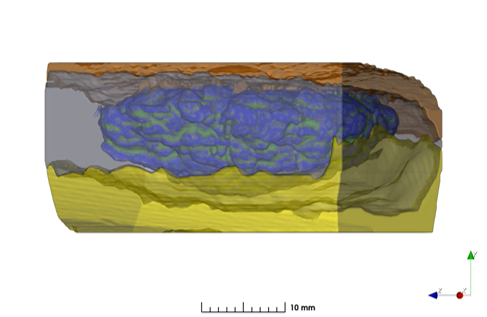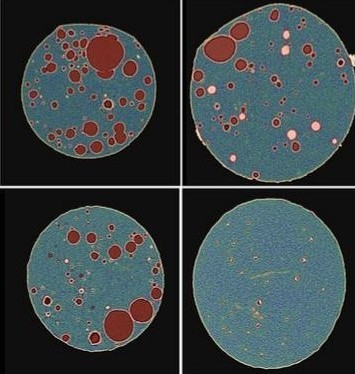Amorphous Solid Dispersion Particles
Comparing Co-precipitation, Resonant Acoustic Mixing, and Spray-drying Techniques

The use of the amorphous phase of compounds has become the primary method of choice for overcoming oral bioavailability problems related to poorly soluble drugs. Due to the unstable nature of the amorphous material, the preparation method can have a profound impact on the morphology and mechanical properties of the amorphous solid dispersion (ASD) intermediate.

In order to understand the impact of method of preparation, this study explores the effect of co-precipitation and spray drying methods on the morphology and mechanical properties of amorphous solid dispersion powders. The effectiveness of resonant acoustic mixing (RAM), a new technology, to generate co-precipitated ASDs was also studied. Focused ion beam scanning electron microscopy (FIB-SEM) was utilized to study particle morphology and internal porosity for particles generated from spray drying and resonant acoustic mixing. Porosity characteristics were successfully correlated with tableting compaction and tensile strength.
Additional Case Studies
Our Expertise
In Numbers
Programs Supported
Formulations Digitized
Pharmaceutical Partners

Transform Your Program with Microstructure Science
Get started with a drug product digital twin.





















